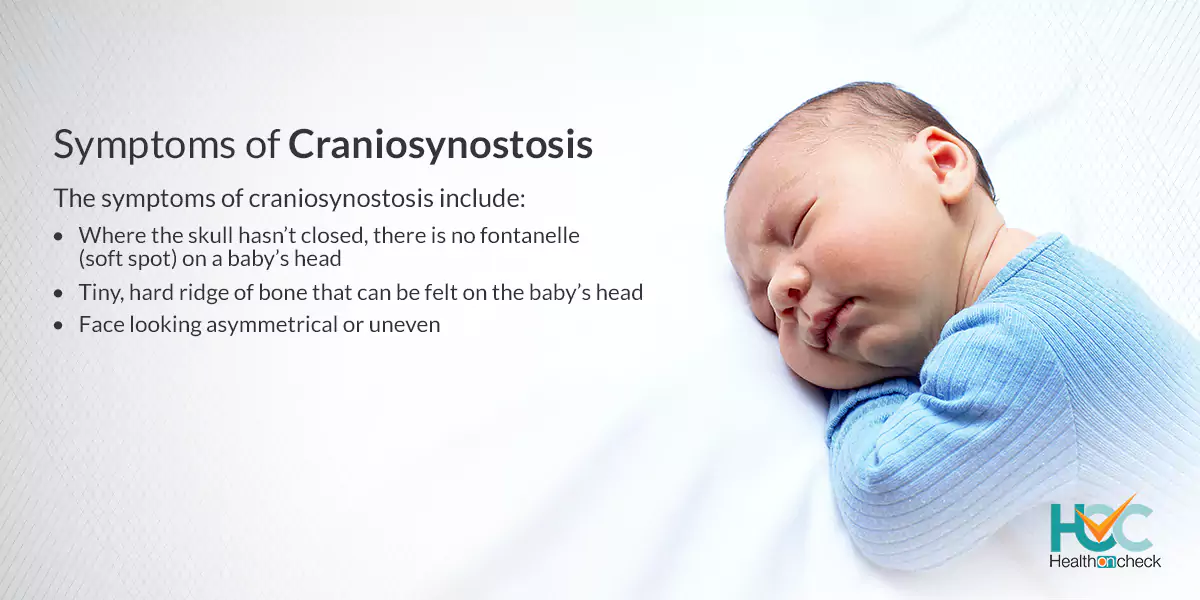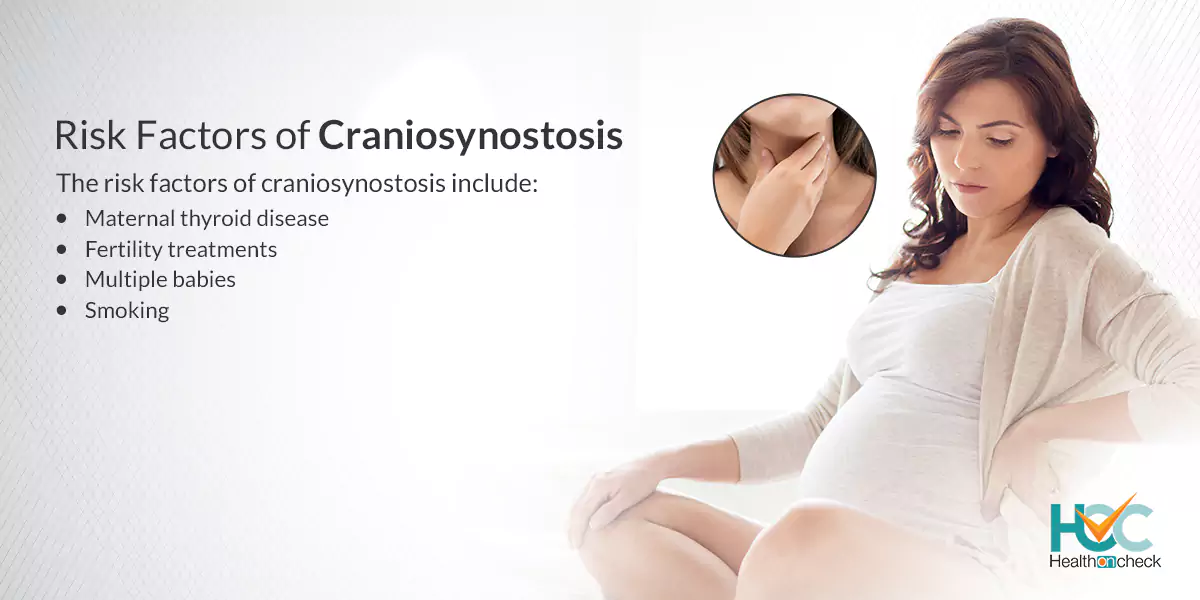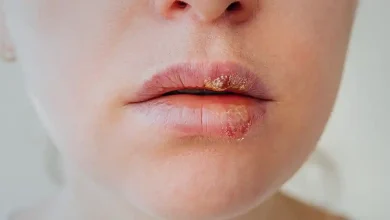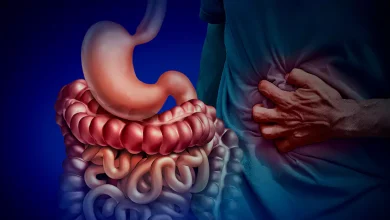What is Craniosynostosis?
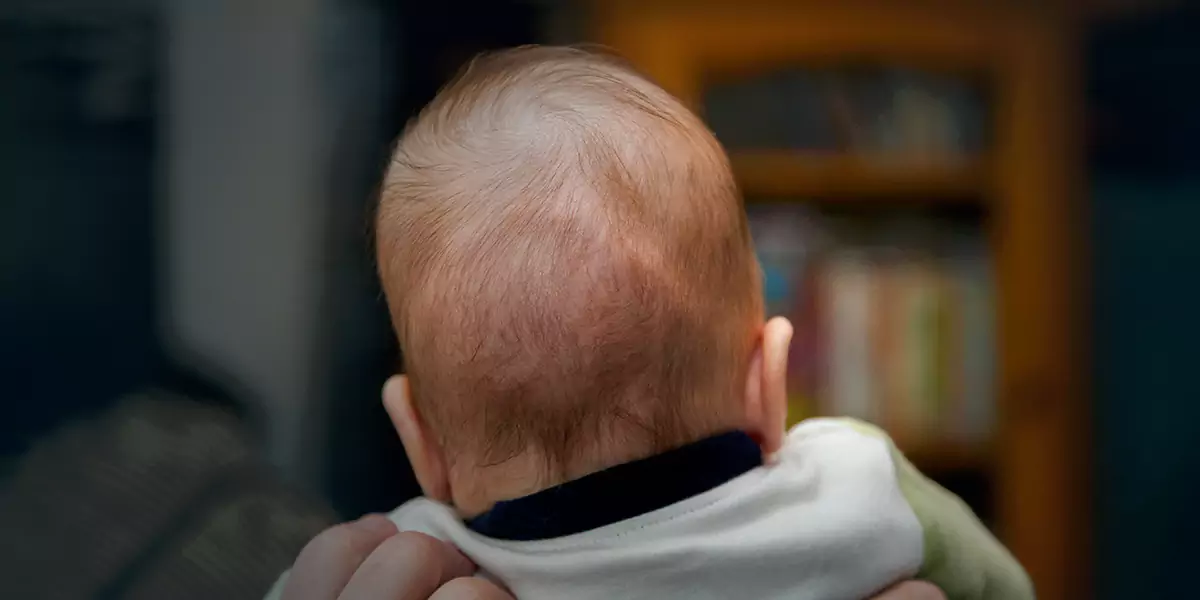
What is Craniosynostosis?
Craniosynostosis is a birth disorder present where one or more of the fibrous joints between the bones of your baby’s skull get closed prematurely (fuse) before the brain of the baby is fully formed. Brain growth continues, and gives the head a misshapen appearance. Normally, during infancy the sutures remain flexible, permitting a baby’s skull to expand while the brain grows. The sutures meet in the large soft spot (fontanel) on top of the head in front of the skull. The anterior fontanel is the soft spot that is felt just behind the forehead of the baby. The next biggest fontanel is at the back (posterior). Each side of the skull has a small fontanel. Craniosynostosis generally includes premature fusion of a single cranial suture, but more than one of the sutures in a baby’s skull (multiple suture craniosynostosis) can be involved. In rare instances, certain genetic syndromes (syndromic craniosynostosis) might cause craniosynostosis.
What are the Types of Craniosynostosis?
The types of craniosynostosis depend on where the sutures close.
– Sagittal craniosynostosis
This type of craniosynostosis affects the suture on the top of the head. Babies having sagittal craniosynostosis usually have a long, narrow head (scaphocephaly).
– Coronal craniosynostosis
This type of craniosynostosis affects one of the coronal sutures, running from both ears to the top of the head. Babies with this type of craniosynostosis might have a broad head and flat forehead.
– Lambdoid craniosynostosis
This type of craniosynostosis affects the suture and the back of the head. Babies with this type of craniosynostosis usually have a flat back of the head (plagiocephaly).
Metopic craniosynostosis
This type of craniosynostosis affects the suture running from the top of the nose to the top of the forehead. Babies with this type of craniosynostosis might have a triangular head, along with a narrow ridge at the midline of the forehead.
What are the Symptoms of Craniosynostosis?
A misshapen skull is the primary symptom of craniosynostosis. If babies get early surgical treatment, they might not develop any other symptoms of craniosynostosis.
The symptoms of craniosynostosis include:
– Where the skull hasn’t closed, there is no fontanelle (soft spot) on a baby’s head.
– Tiny, hard ridge of bone that can be felt on the baby’s head.
– Face looking asymmetrical or uneven.
What are the Causes of Craniosynostosis?
Craniosynostosis is believed to be caused because of a defect in the hardening process of the skull (cranial) bones. Babies with large head sizes might be more likely to develop craniosynostosis, as well. The exact cause of this condition is not clear and the underlying cause of this defect is not yet known and is believed to be random. When a genetic disorder causes this condition, it’s because of an unknown mutation in a specific gene.
There are two forms of craniosynostosis: syndromic and nonsyndromic.
– Nonsyndromic craniosynostosis
It is the most common type of craniosynostosis and its cause is not known, but it’s thought that it occurs because of a combination of genes and environmental factors.
– Syndromic craniosynostosis
It occurs because of certain genetic syndromes, like Pfeiffer syndrome, Apert syndrome, or Crouzon syndrome, which might affect the development of a baby’s skull. These syndromes normally also include other physical features and health complications.
What are the Risk Factors of Craniosynostosis?
The risk factors of craniosynostosis include:
– Multiple babies
Babies who are born with twins or triplets are at higher risk of developing craniosynostosis.
– Maternal thyroid disease
If the mother is being treated for thyroid disease during her pregnancy then there is an increased risk of having a baby with craniosynostosis.
– Smoking
Women who smoke are at increased risk of having a baby with craniosynostosis.
– Fertility treatments
Women who go through some fertility medications, like clomiphene citrate (Clomid), have an increased risk of having to have a baby with craniosynostosis.
What are the Complications of Craniosynostosis?
If untreated, craniosynostosis might lead to various complications including:
– Permanently misshapen head and face
– Low self-esteem and social isolation
– The risk of increased pressure inside the skull (intracranial pressure) from simple craniosynostosis is minimal if the suture and head shape are corrected surgically. But babies with an underlying syndrome might experience raised intracranial pressure if their skulls don’t expand enough to make space for their growing brains.
If untreated, increased intracranial pressure can result in:
– Developmental delays
– Cognitive impairment
– Blindness
– Seizures
– Headaches
How Craniosynostosis is Diagnosed?
A paediatric neurosurgeon or a specialist in plastic and reconstructive surgery is required to diagnose craniosynostosis. Diagnosis procedures of craniosynostosis may include:
– Physical exam
In this procedure, your doctor will feel your baby’s head for features like suture ridges and search for facial differences like unbalanced features.
– Imaging studies
A computerised tomography (CT) scan or magnetic resonance imaging (MRI) might be done on your baby’s skull which helps to show whether any sutures have fused. Cranial ultrasound imaging might also be used. Fused sutures can be identified through their absence — because they’re not visible after being fused or through a ridging of the suture line. A laser scan and photographs can also be used to take exact measurements of the skull shape.
– Genetic testing
If your doctor doubts an underlying genetic syndrome that is causing craniosynostosis, genetic testing might help identify the syndrome.
What are the Treatment Options Available for Craniosynostosis?
Craniosynostosis treatment varies and is based on the severity and symptoms of the baby. Treatment might include:
– Helmet therapy
Babies with mild craniosynostosis are made to wear a special medical helmet. This helmet gently reshapes the skull over a period.
– Surgery
Many babies require head surgery to reshape the skull, relieving increased intracranial pressure, and permitting the baby’s brain room to grow and develop properly. The surgeon decides the timing of the surgery based on the severity of the condition and the symptoms. Babies may require surgery within the first year of life.
Your child might require other supportive therapies including physical, occupational, and speech therapies to get back to normal functioning and activities.
Living with Craniosynostosis
Craniosynostosis happens when the skull bones of a baby fuse too early. Babies may have a misshapen skull, which might impair brain growth because of this condition. Without proper treatment, babies might face developmental delays. Helmet therapy or craniosynostosis surgery might reshape a baby’s fused bones. With prompt treatment, most children with craniosynostosis grow and develop healthily and lead normal lives.
Whom to Consult?
Your doctor will routinely monitor your child’s head growth while you are pregnant. You should discuss with your paediatrician if you have concerns about your baby’s head growth or shape. If you notice something unusual about the shape of your baby’s head after it is born, you should talk with your doctor and get your baby diagnosed.

